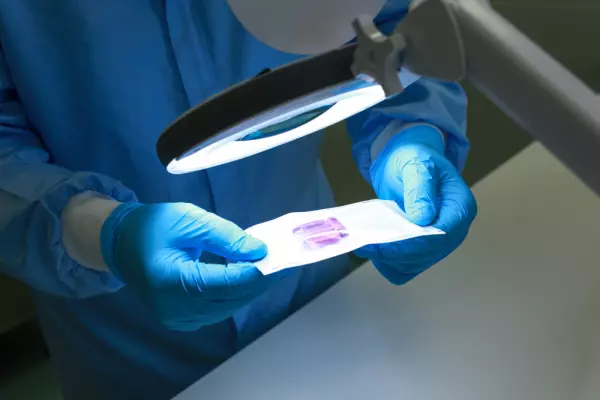
ETO, radiation sterilization of medical products...
sterilization ETO, radiation sterilization (gamma, e-beam) by external partners
Portal and digital medical technology fair of the largest MedTech cluster in Germany

ETO, radiation sterilization of medical products...
sterilization ETO, radiation sterilization (gamma, e-beam) by external partners

Ethylene Oxide Sterilization Processes and Services for Medical Products, Ethylene Oxide Sterilization Processes and Services for Implants, etc.
There are a variety of Ethylene Oxide (EO) sterilization processes and services to choose from. A key factor to consider is temperature. Higher temperatures are associated with higher lethality. While EO typically operates between 90-125degF, every 18-degree increase doubles the lethality. Elevating the temperature reduces product contact time with ethylene oxide, while increasing aeration time can improve aeration.
To achieve maximum sterility, a lower temperature is necessary. At a higher temperature, an EO sterilization chamber must be heated to achieve a sufficiently high concentration of ethylene oxide. This allows the EO sterilization process to work with a wide range of products. In either case, the operating temperature is important. While a cold temperature can be effective, the longer exposure time makes it ineffective for many products.
EO sterilization is a proven method of sterilisation. It has been used for medical devices since the 1940s. While the process has evolved significantly, it still uses a vacuum-tight chamber to prevent air from entering. EO is injected into a chamber under a vacuum first, which keeps the room from being an unsafe mixture. Then, moisture is added to the chamber during the second phase.
The EO sterilization process requires a unique set of know-how. This oxidizer has excellent propagation into porous materials and is ideal for use on thermo-sensitive products. Its low temperature and high diffusion capabilities also make it an excellent choice for sterilizing medical devices. Its effectiveness is a primary concern for a wide range of industries, and there are many advantages to ethylene oxide sterilization.
The EPA and FDA have been working on standardized standards for ethylene oxide sterilization for over ten years. The HICPAC standards define the best practices and acceptable levels of residual ethylene oxide. This standard is used to ensure the safety of all ethylene dioxide-sterilised devices and medical devices. Among the many types of ethylene-oxide-sterilisation, a few of the most common are listed below:
The process is performed in a vacuum chamber at a high level of vacuum. During the exposure phase, the product is exposed to EO gas under a vacuum. The gas is absorbed through the product's pores and is vaporized by the sterilizer. The EO residuals test is necessary for sterile medical devices to meet strict sanitary requirements. The EO dissipation curve can be established by periodic sampling of products.
Ethylene oxide sterilization processes and procedures are a safe option for pharmaceutical and medical products. Its low-temperature and high-efficiency make it an ideal sterilization method for products that cannot tolerate heat, moisture, or abrasive chemicals. In addition, it is also ideal for difficult-to-access areas. It is the best choice for all kinds of applications. It is safe and effective.
Become a digital exhibitor yourself in the online portal of the largest and best-known MedTech cluster region in Germany and inform the world of medical technology about your products and services as well as about news, events and career opportunities.
With an attractive online profile, we will help you to present yourself professionally on our portal as well as on Google and on social media.